In late 2017 at Oculus Connect, Facebook CEO Mark Zuckerberg announced his ambitious goal of putting one billion people into VR. nDreams CEO Patrick O’Luanaigh investigates the facts behind the brave claim and uncovers such a headline-grabbing number is closer and more achievable than it may initially sound…
One billion people in VR is the kind of bold goal that excites me as the CEO of a studio at the bleeding edge of VR development – it’s a huge, world-changing statement that inspires and challenges in equal measure. However, what thrills me is how plausible it now feels. How, as you start to pull away the layers of data, technological breakthroughs and user behaviour, it points to the fact that this is happening. That it’s a when, and no longer an if.
Real, Not Virtual, Foundations
All big claims are only as strong as the facts they’re based on and looking at where VR is right now we can see this is the case here. Let’s begin by analysing the VR market to date. I’ve combined data from numerous sources (including internal forecasts, analyst reports such as Super Data, our own data and information shared by others involved in the VR industry), and believe the likely number of major VR headsets shipped to date is:
Estimated VR Headsets Shipped as of End of April 2018
Headset Type |
Units |
|
Google Cardboard |
12m |
|
Mobile VR headsets |
9m |
|
High-end VR headsets |
4.5m |
|
Total |
25.5m |
Great – so from this we can be confident that there are 25.5 million VR users out there right now? From what we understand of the market this would an oversimplification, and in fact the number of Monthly Active Users (MAUs) is very different:
- Most Google Cardboard headsets were given away for free and are likely unused or thrown away after time.
- Some mobile VR headsets like Samsung Gear VR and Daydream were bundled free with new phones and may no longer be used. Even with high-end VR headsets, some will inevitably not be used regularly.
- Conversely, we see a large amount of user activity is around users sharing VR experiences with their family and friends. This is particularly noticeable on devices that have a ‘shared screen’ or gaming experiences that encourage social play, like the PlayStation VR. A conservative estimate is that every active headset is used on average by two different people a given month, although edge cases can be many times this.
- Additionally, many users are yet to purchase a headset but do use VR in arcades and location-based entertainment venues due to the low cost of entry. In fact, this is one of the fastest growing segments in VR, driven by the likes of StarVR and Survios.
Looking at these figures with our team and putting them through our internal models, our estimate is:
Estimated VR Users of Commercial VR Headsets as of End of April 2018
Headset Type |
Monthly Active Users (MAUs) |
|
Google Cardboard |
0.9m |
|
Mobile VR headsets |
6.75m |
|
High-end VR headsets |
6.75m |
|
Location-based VR |
0.45m |
|
Total |
14.85m |
That’s an impressive user number, especially as it’s only a few years since that was a userbase of zero. Our estimates also show 117% growth of high end headsets in the 12 months up to end of April 2018. The market is growing at an accelerating rate, not tailing off after the initial launch period as many may expect. Going even further, if the consumer-base continues to double year-on-year then we’ll have it one billion by 2025…
“The new wave of virtual computing is coming, and its impact will be bigger than the personal computing revolution."
Michael Abrash, Facebook F8, 2017
Couple that with leading tech companies continuing to actively invest in and champion VR, and a consumer base that is actively looking for larger, more innovative or impressive interactive VR content and the ground work is there. However, getting to 1 billion users from less than 15 million just on foundations alone would be complacent – advancements to technology and usability are needed to exponentially increase growth.
Catalysts of Growth
There appears to be four technological milestones that need to be overcome in order to hit 1 billion users:
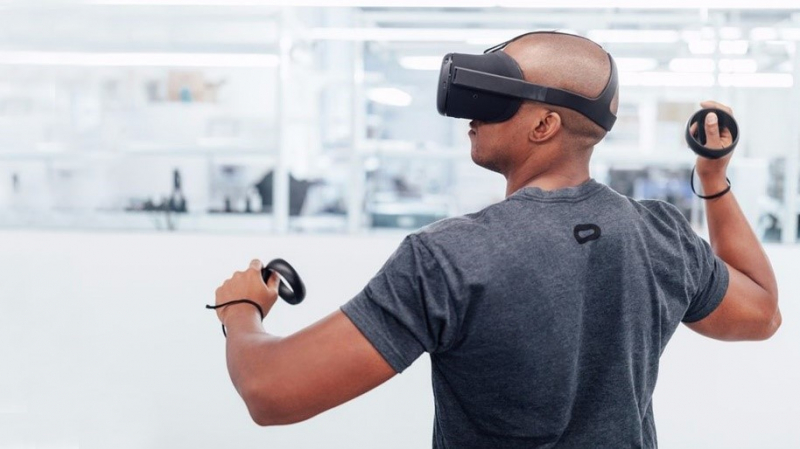
1. The First True VR Headset - A headset that provides six degrees of freedom inside out tracking (no-external sensors), doesn’t required a PC, phone or console, is wireless and has full accurate hand tracking. Having spent quality time with Oculus’s Santa Cruz which blew me away, I believe this headset will meet this milestone.
Estimated Launch – 2019
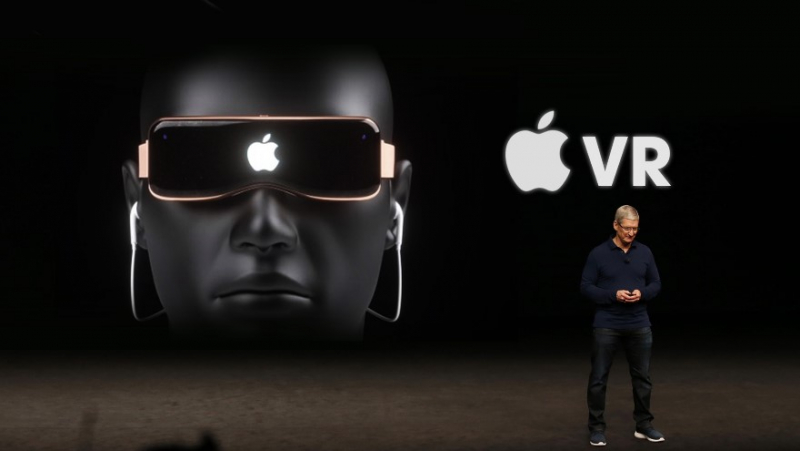
2. The First True VR/AR Combined Headset - A ‘true’ VR headset as described above that also provides high quality AR. We’re some way from this, but recent rumours suggest that Apple will be first to meet this milestone.
Estimated Launch - 2020.
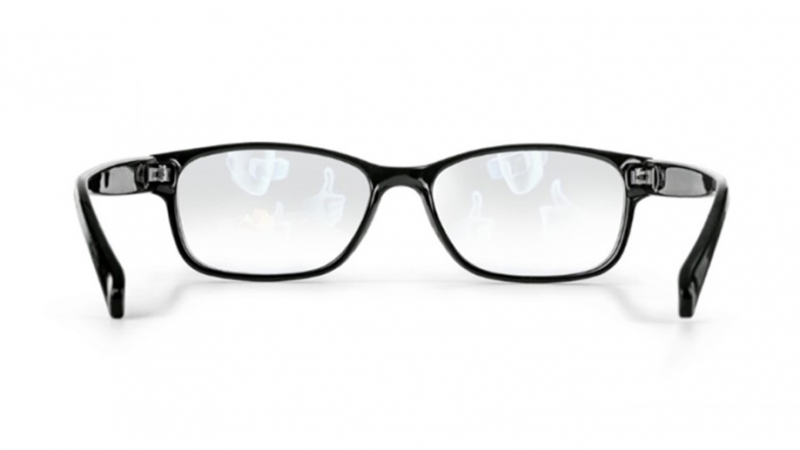
3. VR Glasses (Not Headsets) - A big issue holding back mass adoption is the display. Current headsets are big, bulky, and not great to wear in public. There are a number of companies working on this issue, such as Oculus and WaveOptics along with many fascinating patents for technology such as holographic waveguides and fibre optic retina projection.
Estimated Launch – 2023

4. “The Dream” - Glasses-sized headset using 5G to do rendering and processing in the cloud on ‘edge networks’, delivering ultra-low-latency visuals to the glasses. The glasses provide full hand and eye tracking, 6DOF tracking, and switch instantly between AR and VR applications, in high-resolution and with a full field of view. Since all the rendering is in the cloud, the headset can be incredibly light but deliver better-than-console visuals on the move. Given this, it can cost less than $200 and require no additional hardware.
Estimated Launch – 2025
NB – Will 5G be rendering possible? Several companies are experimenting with 5G networks, and indications are it can provide incredibly low latency delivery to headsets - fast enough that they could offer end-to-end response times of 1 millisecond or less. That’s incredible - the Oculus Rift currently has a latency of 30 to 40 milliseconds.
That’s only part of the parcel though, as all of this requires incredible content to compel users to buy into VR – rich, interactive VR content that fully exploits the high agency motion control and free movement that the new technology allows. What’s more, users need to experience this content first-hand to get on board – as such we see VR arcades as a key part in reaching this number, particularly in the short-medium term.
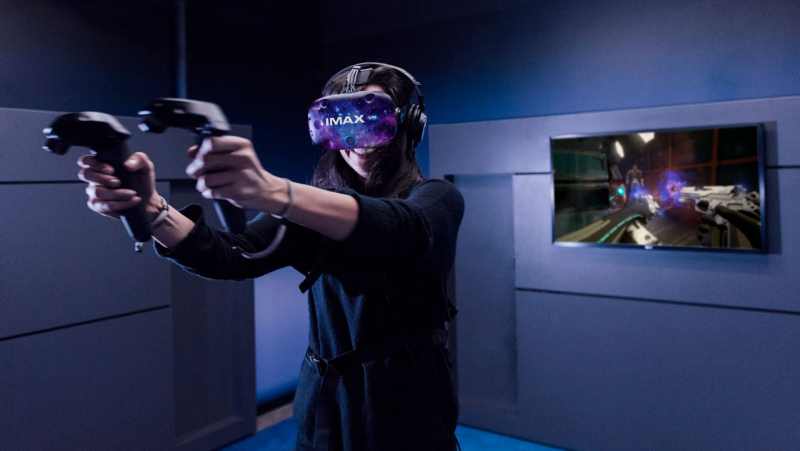
So, that Number…
Is Mark Zuckerberg right? It seems he is. 1 billion VR users really does seem achievable. And analysts appear to agree - the most recent forecast on VR growth that I have seen (courtesy of Loup Ventures), predict that the VR install base will exceed 1 billion units by 2023.
Estimated VR Headset Users Over Time
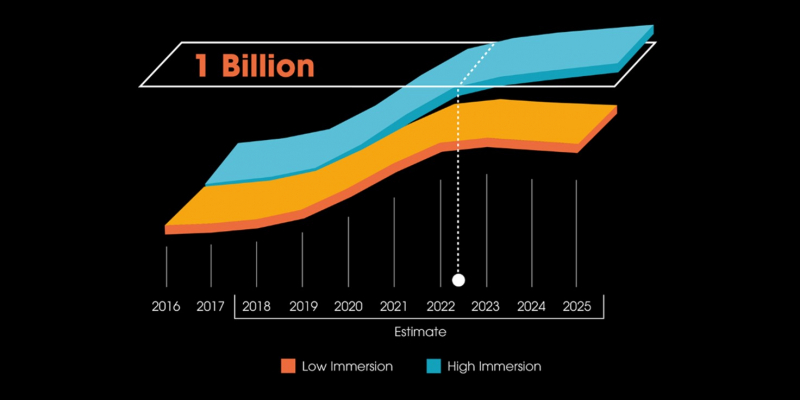
Ref: Loup Ventures (2018)
From my side I’m certain that VR is on a journey that ends up reaching 1 billion people by 2025. But that’s still seven years away. Make sure you enjoy the journey, because it’s going to be a long one!
Got an opinion on this? I’d love to hear your thoughts– drop me a tweet or message via @patrickol. I’ll also be at E3, speaking with people looking for awesome interactive VR content – if you want to meet up, get in touch via enquiries@ndreams.com.
Patrick O’Luanaigh is the CEO here at nDreams. He has over 20 years in the video games industry, holding senior positions at Codemasters, SCi, and more recently as Creative Director at Eidos where he was responsible for titles including Tomb Raider Legend, Hitman Blood Money, Just Cause and Conflict: Desert Storm. He left to found nDreams in late 2006.